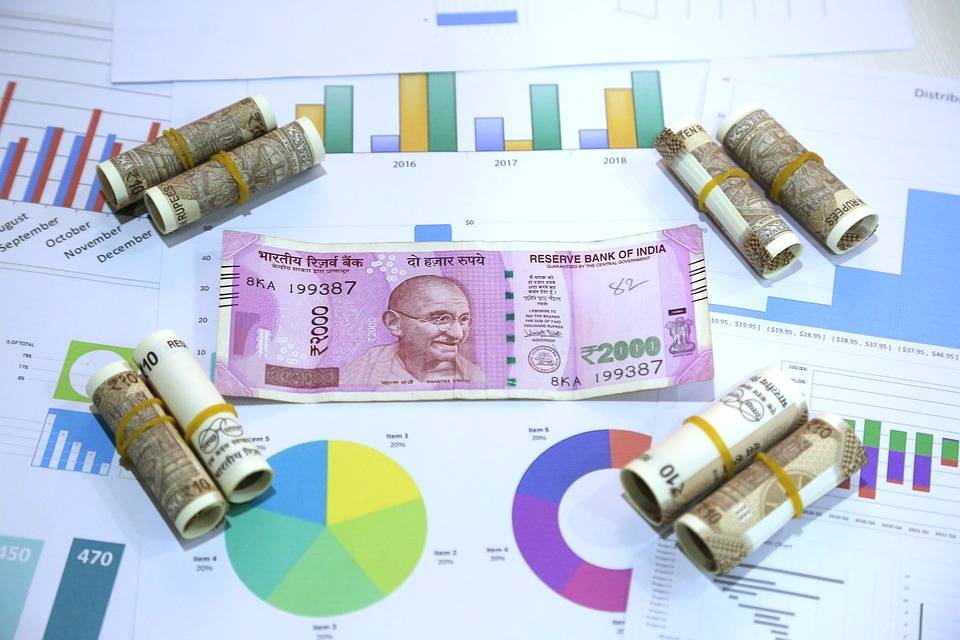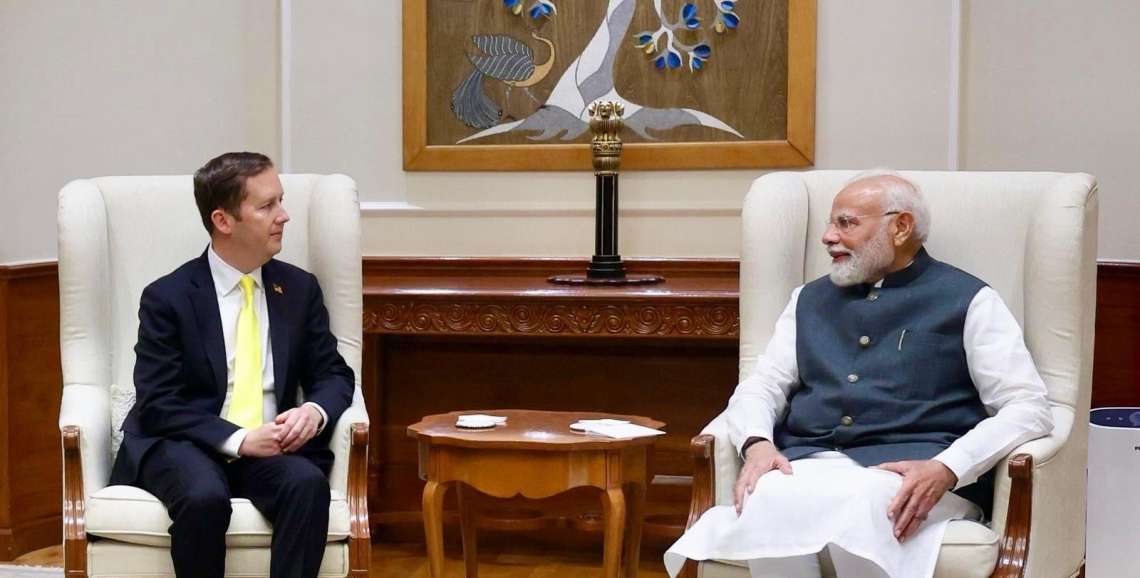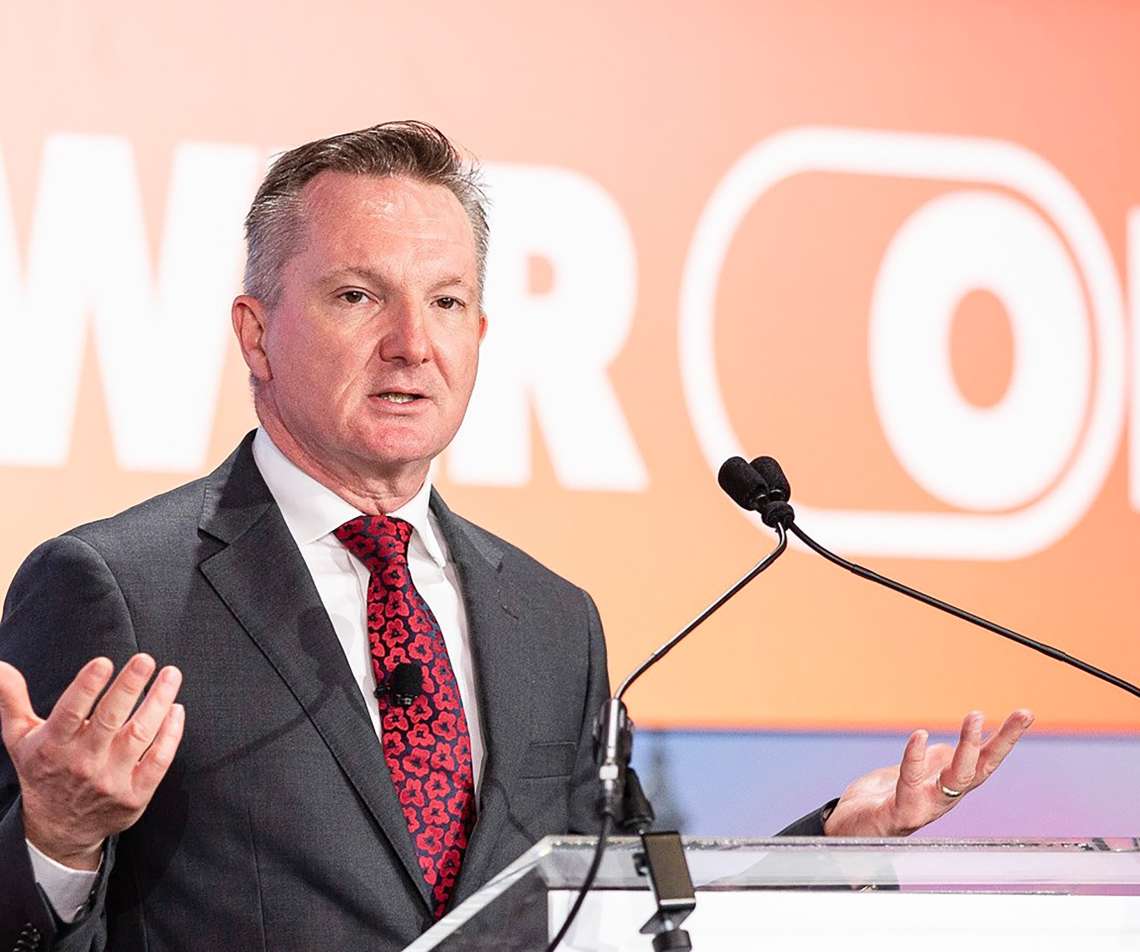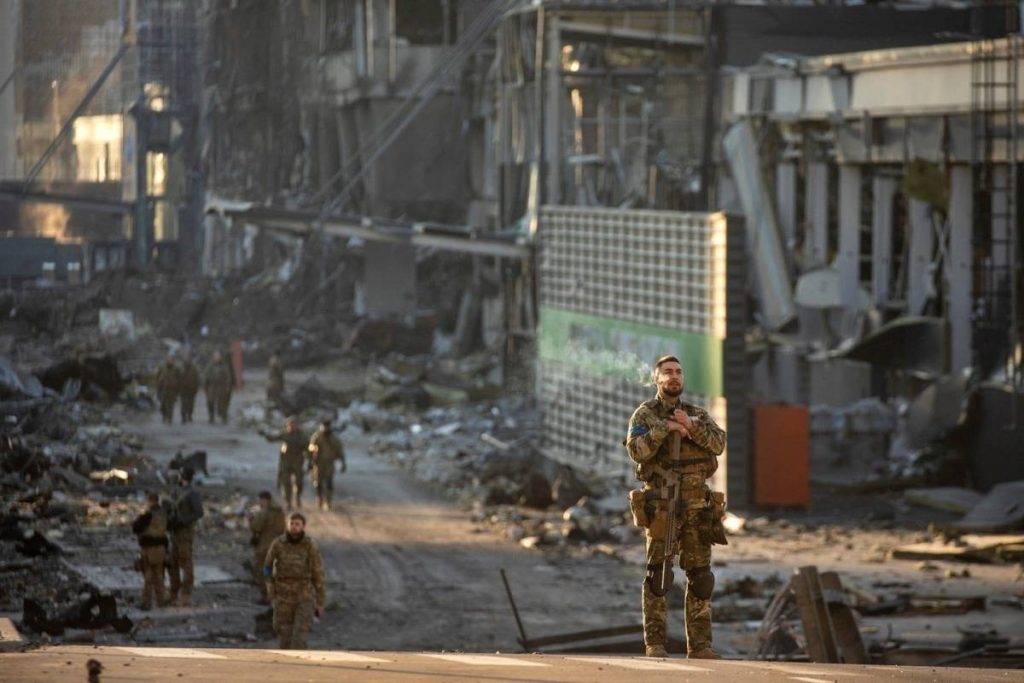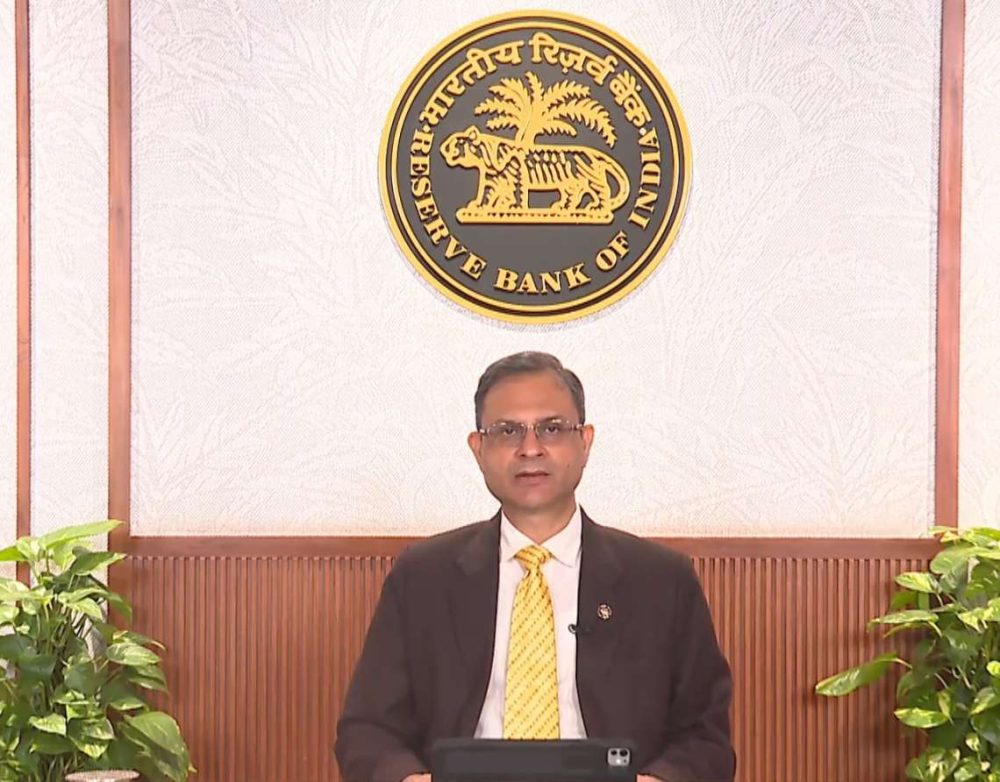In its latest report, Prabhudas Lilladher said there will be a big capex cycle recovery in India in the coming few years as the private sector capex is showing signs of revival…reports Asian Lite News
India is on the verge of a new capital expenditure (capex) cycle recovery with the Central government spending big on infrastructure, said Prabhudas Lilladhar, a financial services player.
However, Kotak Securities in its report, citing the Reserve Bank of India (RBI), said that the capex led loan demand is not visible as yet.
“The current visibility of capex loan demand is still not comfortable to establish the view that growth from corporate sector is on an upswing. Infrastructure (power and roads & bridges) remains a preferred destination for bank funding, but mega projects have been out of favour,” Kotak Securities said.
In its latest report, Prabhudas Lilladher said there will be a big capex cycle recovery in India in the coming few years as the private sector capex is showing signs of revival.
Even though the Central government is spending big on infrastructure, there has not been an industry led capex cycle, the report added.
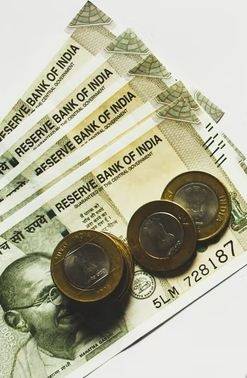
According to Prabhudas Lilladher, the FY23 budget has increased the capex plans of the Centre by 10.6 per cent to Rs 12.2 trillion.
The National Infrastructure Pipeline (NIP) worth Rs 11,000 billion that resolves to provide amenities like roads, drinking water and housing will keep the Centre’s capex high.
The productivity linked incentive (PLI) worth Rs 2,000 billion across 14 sectors and benefits from China plus one in Specialty Chemicals, Textiles and others will revive the capex, the report added.
Similarly, the capex by the steel, cement, textiles, oil and gas and other sectors will push the capex higher.
Meanwhile Kotak Securities in its report said: “The current visibility of capex loan demand is still not comfortable to establish the view that growth from the corporate sector is on an upswing. Infrastructure (power and roads & bridges) remains a preferred destination for bank funding, but mega projects have been out of favor.”
Kotak Securities said as per RBI’s recent release on project loans to the private sector by banks/financial institutions (FI) shows fresh sanctions at about 1.3 per cent of loans in FY2022 (about 0.7 per cent in FY2021) and pending disbursements at about 0.9 per cent of loans.
According to Kotak Securities, fresh sanctions increased about 90 per cent year-on-year (yoy) to about Rs 1.4 trillion in FY2022 from the multi-year low witnessed in FY2021.
However, this is well below about Rs 4 trillion annual sanctions at the peak of the previous corporate investment cycle in FY2010-11. As a proportion of outstanding credit from banks to industry, sanctions stood at about 1.3 per cent in FY2022 – down from about two per cent in FY2018-2020, notes Kotak Securities report.
Actual capex has continued to decline sequentially since FY2019 in spite of higher sanctions yoy in FY2022, because sanctions tend to reflect in capex with a lag, Kotak Securities report said.
Meanwhile as per Prabhudas Lilladher’s report, a strong demand in 2Q of the current fiscal is expected given early Diwali and sustained pent up demand from urban middle class in discretionary segments.
3Q will benefit from improvement in margins given that cost pressures are abating as most Agri commodities (led by Palm Oil) have corrected to March levels and crude has softened from recent highs by 30-40 per cent.
In addition, prices of steel, aluminium, copper and others have seen corrections of 52 per cent, 38 per cent and 25 per cent from the peak.
Global supply chain seems to be in better shape and semiconductor shortage appears to be ebbing now.
“We expect strong growth in corporate profitability in 2Q and 3Q which would support markets. Any revival of rural demand would be an icing on the cake,” Prabhudas Lilladher report notes.
However, the rural demand has failed to pick up so far despite strong prices as higher costs for inputs, deficient rains in large states and a volatile environment is impacting the sentiments.
Decline in acreage in key crops like paddy and oilseeds can impact food inflation in coming quarters.
Festival demand from urban middle class is expected to remain strong, which will enable good 2Q and 3Q will show benefits of correction in commodities.


